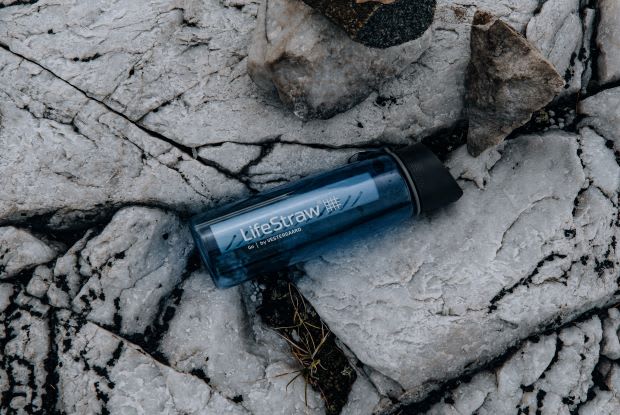Table of Contents
I. How Long Does Traveler’s Diarrhea Last?
III. How to Get Rid of Traveler’s Diarrhea
IV. Antibiotic Treatment Options
How Long Does Traveler’s Diarrhea Last?
Everyone is familiar with the occasional bouts of diarrhea, but what exactly is traveler’s diarrhea? [1] Traveler’s diarrhea is a digestive tract disorder characterized by symptoms of abdominal cramp and loose stool, most often caused by contaminated food or water. Diarrhea is rarely serious or life-threatening for healthy adults and may occur when you travel to places with different sanitary practices. [2]
Traveler’s diarrhea can occur anywhere but most often occurs in hotter and more humid climates. According to the CDC, some well-known high-risk destinations include the Middle East, Africa, Mexico, Central and South America, and various locations in Asia. [1]
If you have traveler’s diarrhea, your doctor may prescribe antibiotics to reduce harmful bacteria in your digestive system, such as E. coli. In serious cases, Zithromax may be used to treat a mycobacteria (MAC) infection. Another antibiotic option is Cipro, which contains ciprofloxacin that is capable of treating a variety of bacterial infections.
The duration of the traveler’s diarrhea depends on how you handle the condition. Without treatment, it can last the entirety of your trip overseas and may only subside shortly after you return home. [2] With the right treatment, most cases of traveler’s diarrhea will go away in one or two days. Read on to learn more about tips and tricks to avoid traveler’s diarrhea when you are abroad. People who frequent Mexico for vacation will be familiar with the term “Montezuma’s revenge,” which is a humorous way of describing getting diarrhea from bacteria. The locals are immune to this condition, but it may affect your next beach vacation. [3] To avoid experiencing diarrhea while on a trip, try sticking to the following guidelines: When you are visiting high-risk countries, you may also want to take precautions when around or consuming water. Keep the following tips in mind: If you have no access to bottled water, or if you don’t have the means to boil the water, you may want to chemically disinfect the water before drinking. Iodine can be used to disinfect water, and iodine tablets can usually be purchased from your local camping store. However, too much iodine can be harmful to your body, so only use iodine for short trips. If you prefer not to chemically treat your water, consider buying a water filter or a portable micro-strainer to filter out harmful micro-organisms. [2] Despite your best efforts to avoid traveler’s diarrhea, you may still catch a bad strain of bacteria. Even if you take antibiotics to address any bad bacteria entering your system, viruses and other pathogens may also upset your stomach and cause painful symptoms like bloating, belching, and vomiting. If you already have traveler’s diarrhea, the first thing you should do is stay hydrated. For severe dehydration, consider downing a sports drink or a fresh coconut rich in electrolytes. [4] The most common antibiotic for traveler’s diarrhea is Xifaxan (rifaximin). This medication stops the growth of E. coli (the most common culprit of traveler’s diarrhea). Rifaximin can also be prescribed for irritable bowel syndrome (IBS) and certain brain problems. [5] Visit True Canada Pharmacy today to browse in-stock and discount Xifaxan, Zithromax (azithromycin), and Cipro (ciprofloxacin). The content in this article is intended for informational purposes only. This website does not provide medical advice. In all circumstances, you should always seek the advice of your physician and/or other qualified health professionals(s) for drug, medical condition, or treatment advice. The content provided on this website is not a substitute for professional medical advice, diagnosis, or treatment.
Tips on Avoiding Diarrhea

How to Get Rid of Traveler’s Diarrhea

Antibiotic Treatment Options
